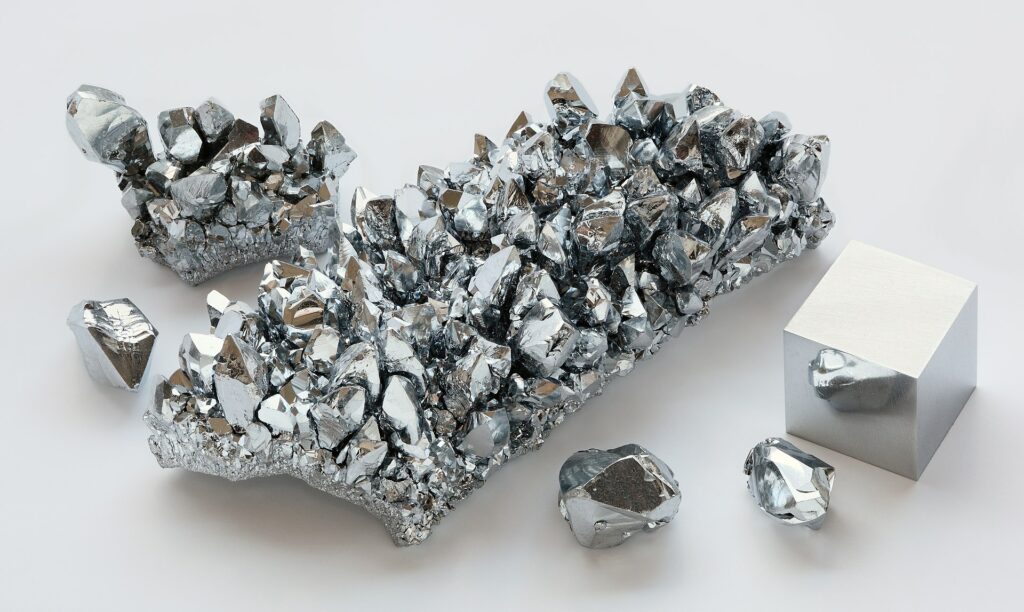Any potential adverse effects of chromium are highly dependent upon the form of chromium, the route of exposure (e.g. ingestion, inhalation, and dermal contact) and the dose. Trivalent chromium [Cr(III)] occurs naturally in most environmental media and is the most environmentally stable form of chromium. It has extremely low or no toxicity via all routes of human exposure and does not pose a cancer risk. In contrast, hexavalent chromium [Cr(VI)] rarely occurs naturally and is mostly produced via industrial processes, or as by-product of human activities, e.g., as a combustion product and is a known dermal sensitizer and a lung carcinogen following significant inhalation exposure.

Community and occupational exposures to Cr(VI) have been of interest for more than 50 years. From 1940 – 1970, increased incidence of nasal and lung cancers were observed in some workers in manufacturing facilities due to high levels of Cr(VI) exposure. Cr(VI) is also one of the most well-studied dermal sensitizers after nickel. It is highly potent and is regulated in both the US and Europe for materials likely to come in contact with skin.
Our staff has been involved in chromium research since the early 1990s. We were involved in the Hudson County, New Jersey Superfund sites, litigation regarding occupational exposures within the chrome plating industry, and claims of exposures by communities living near facilities which emitted chromium. We have evaluated Cr (VI) in air, water, soil, and sediments. In addition, we have been named as experts in numerous lawsuits involving both occupational and environmental exposures to these chemicals.
Letters-to-the-Editor and Editorials
© 2020 All rights reserved